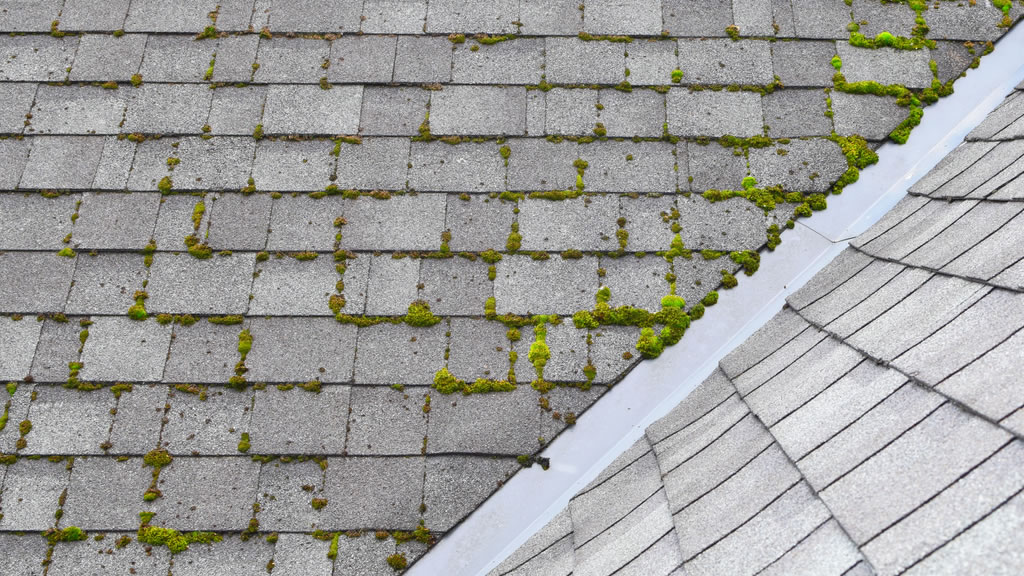If you have ever taken a stroll through a wooded area, you have probably noticed the abundance of moss growing on trees, rocks and other surfaces. While this natural occurrence is often visually pleasing, the same cannot be said for moss growing on your roof. Moss can have a devastating effect on a roof, leading to costly repairs and damage that can affect your home’s structural integrity.
Moss is an evergreen plant that grows in moist, shady environments. This makes rooftops a prime environment for moss growth. Moss not only looks unsightly, it can also cause serious damage to your roof. Moss can trap moisture on the roof, leading to water damage, rot and leaks. As moss accumulates, it can form a thick layer on your roof, trapping moisture and leading to the deterioration of the shingles. This can lead to cracking, tearing and curling of the shingles.
Moss also traps debris, such as leaves and sticks, which can cause additional damage to the shingles. This debris can cause the shingles to shift, leading to an uneven surface on the roof that can lead to water pooling and leaking. Moss also has a tendency to accumulate in the valleys of the roof, which can cause the shingles to lift and curl.
The best way to prevent moss from damaging your roof is to keep it clean. Regularly cleaning your roof can help reduce the risk of moss growth. You can also use products specifically designed to kill moss, such as zinc strips and copper strips. These strips are placed along the ridgeline of the roof, and when wet, they release zinc and copper ions into the environment, which kills moss.
Moss is a natural occurrence, but it can be very damaging to your roof if left unchecked. Regularly cleaning and inspecting your roof, as well as using moss-killing products, can help keep your roof in top condition and prevent costly repairs.

